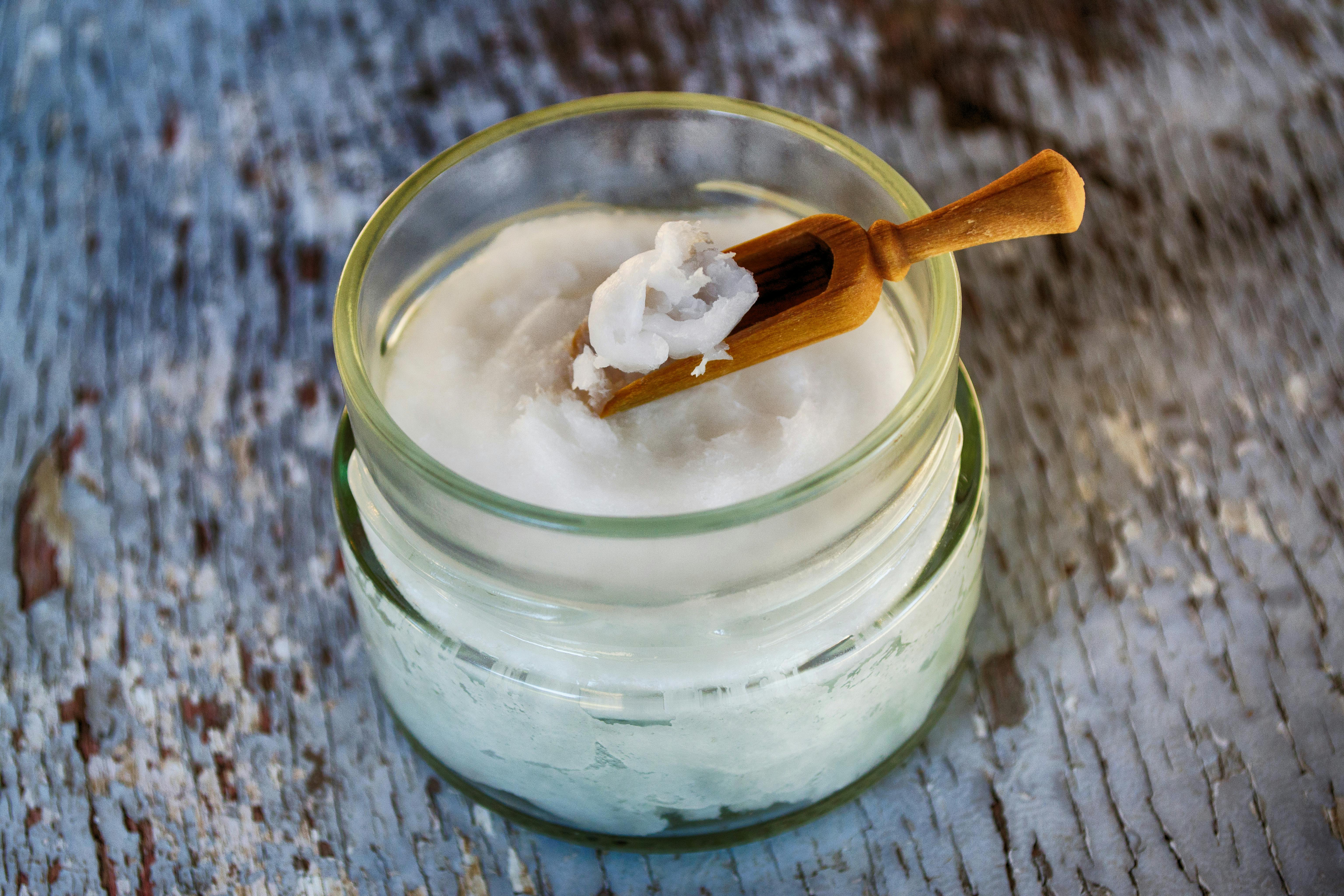Snap, crack, pop. That’s what you want to hear on your cereal, not on your kneecap. If it looks like you have Rice Krispies in your knee, swelling, tenderness around the edge of your patella, and pain in the joint, specifically around and below your kneecap, PFPS could be sitting on your doorstep making a nest.
Patellofemoral pain syndrome (PFPS) results in pain at the front of the knee from the patella. This pain usually worsens over time and occurs when the patella (patella) does not move properly when the knee is bent or straightened. The most common type of PFPS is when the outside of the knee is tight and the inside of the knee is weak. Tight outer knee muscles pull on the patella when it moves, and weak inner muscles aren’t strong enough to control it. Basically, the outside knee wins the tug-of-war with an unfair advantage, causing the entire system to break down and the inside knee to fall into the mud pit.
There may be a number of factors that contribute to this condition. One is overworking the knee, either from constant movement or stress on the joint (constant running and jumping) or from applying too much weight or pressure to it (such as during weightlifting). Flat feet can also exacerbate this problem because people with flat feet tend to walk with their feet farther out, causing the knee to try to compensate and move incorrectly.
So if you have these conditions, you may have PFPS to worry about. What can you do? Well, a few things:
- Apply RICE (Rest-Ice-Compression-Elevation) after an activity that makes extensive use of the knees
- rest a little more
- Use a knee brace, specifically a patella stabilizer brace.
- Consult a medical professional who can provide more information about treatment and rehabilitation.
As studies show, the best patella support is a superior and inferior patella strap. The uses of both seem to delay further injury and better relieve pain, although it is not a solution. It is simply an additional support used in combination with the above steps to treat the condition. It can also be used as a stabilizing and proactive measure if you do not already have PFPS.
Also, while medical professionals may prescribe anti-inflammatory medications to help reduce inflammation around your kneecap, you are now putting synthetic chemicals into your body that may reduce inflammation, but who knows what other problems may arise from it. You may want to consider eating more Omega-3 fatty acids (which are natural anti-inflammatory nutrients), which are found in cold-water fish such as mackerel, herring, and salmon.
And one more thing. Don’t discount the value of massage therapy. Not only can it loosen tight muscles and relieve pain, but it also feels divine.
